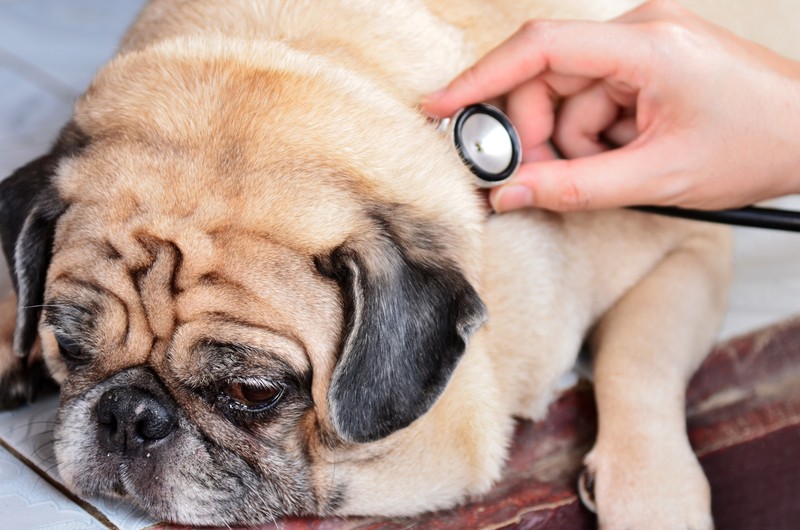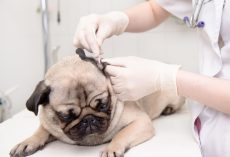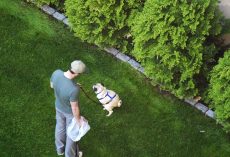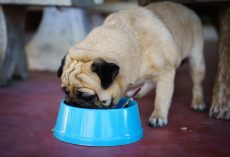Finding a lump on your pooch can be frightening. It can mean a variety of problems for your pooch. What do you do if you find one? Here's al the information you need!
There are very few surprises that will startle you more than discovering a lump or bump on your dog.
Is it a tumor?
Not every lump or bump on your dog will be a tumor. Some superficial bumps are just sebaceous cysts on dogs that are simply plugged oil glands in the skin and usually nothing to worry about. Skin cysts can be composed of dead cells or even sweat or clear fluid; these often rupture on their own, heal, and are never seen again. Others become chronically irritated or infected, and should be removed and then checked by a pathologist just to be sure of what they are.
So how are you to know which lumps and bumps are dangerous and which can be left alone? Truthfully, you are really only guessing without getting the pathologist involved. Most veterinarians take a conservative approach to the common lipomas and remove them if they are growing rapidly or are located in a sensitive area.
Types of Lumps and Bumps
Non-cancerous lumps
Cysts, warts, infected hair follicles, hematomas (blood blisters) and others do cause concern and can create discomfort for the dog, though non-cancerous lumps have less health impact than cancerous growths.
Cancerous lumps
Cancerous growths on dogs can be either malignant or benign, and occasionally even share characteristics of both. Malignant lumps tend to spread rapidly and can metastasize to other areas of the body.
Diagnosis
Impression Smears
Some ulcerated masses lend themselves to easy cell collection and identification by having a glass microscope slide pressed against the raw surface of the mass. The collected cells are dried and sent to a pathologist for staining and diagnosis.
Needle Biopsy
Many lumps can be analyzed via a needle biopsy rather than by total excision. A needle biopsy is performed by inserting a sterile needle into the lump, pulling back on the plunger, and “vacuuming” in cells from the lump. The collected cells are smeared onto a glass slide for pathological examination.
CT Scans
Superficial lumps and bumps do not require that CT Scans be done, so this procedure is usually reserved for internal organ analysis.
Radiography
As with CT Scans, X-ray evaluation is generally reserved for collecting evidence of internal masses. Most lipomas are superficial and reside under the skin or skeletal muscles.
Treatment
Since every type of cell in the body potentially could evolve into cancerous tissue, the types and ferocity of tumors that develop in the dog are numerous and highly varied. Each case needs to be evaluated on its own circumstances and variables.
Surgery
An important basic tool in eliminating a nuisance or dangerous lump is to surgically excise it.
Chemotherapy
Chemicals that are highly toxic to rapidly dividing cells make up an important mode of treatment for fast growing tumors. A combination of surgery and radiation/chemotherapy can help the veterinarian gain the upper hand in achieving a cure.
Radiation
For invasive tumors that do not have well defined borders and for tumors that tend to spread rapidly, radiation therapy can be a lifesaver.
Experimental
Emerging science such as gene therapy and immunotherapy hold promise for some amazing ways to combat tumors. The future looks promising for these new methods of dealing with tumors.
Take a good surface inventory of your dog today, then at least once a month from now on. If you find any imperfections, take heart in knowing that modern veterinary medicine has some very effective remedies for almost all of these lumps and bumps.
Now that you know how to monitor and check your pooch for any lumps and bumps, you'll be prepared for anything. Just make sure to keep an eye on your pup's health if you think something may be wrong.
For more information on lumps and bumps in dogs, visit PetMD.









